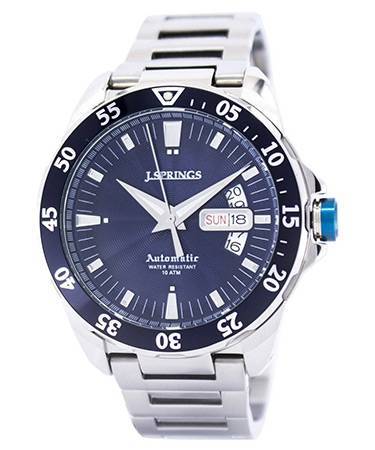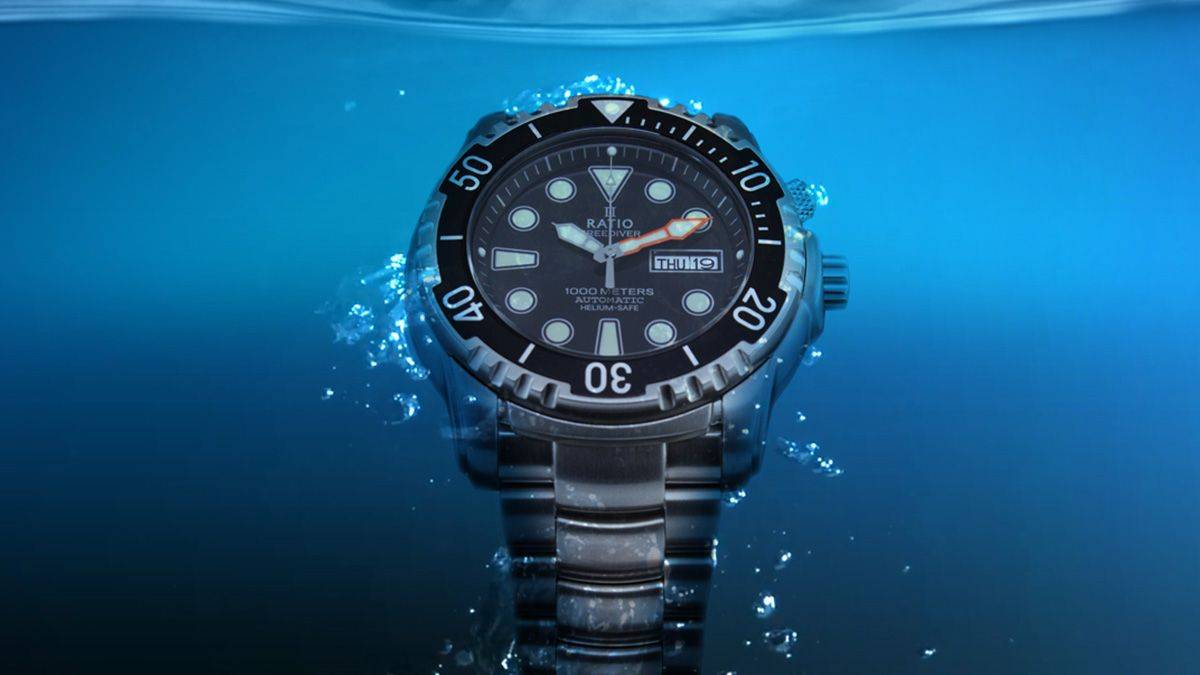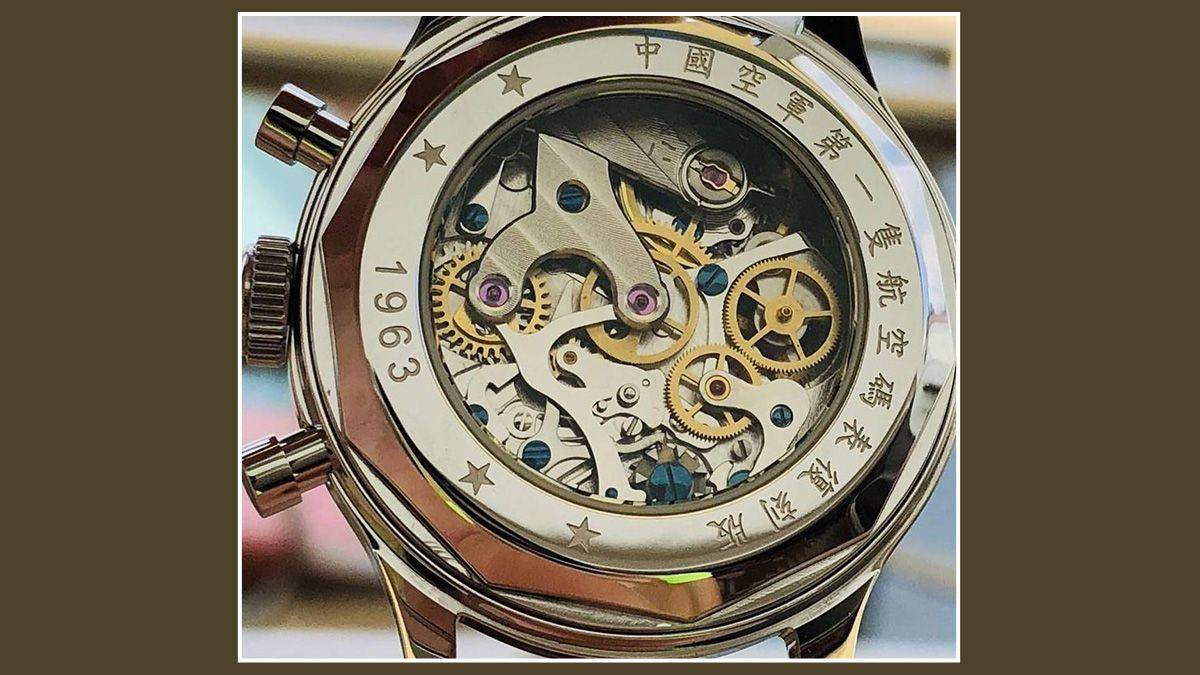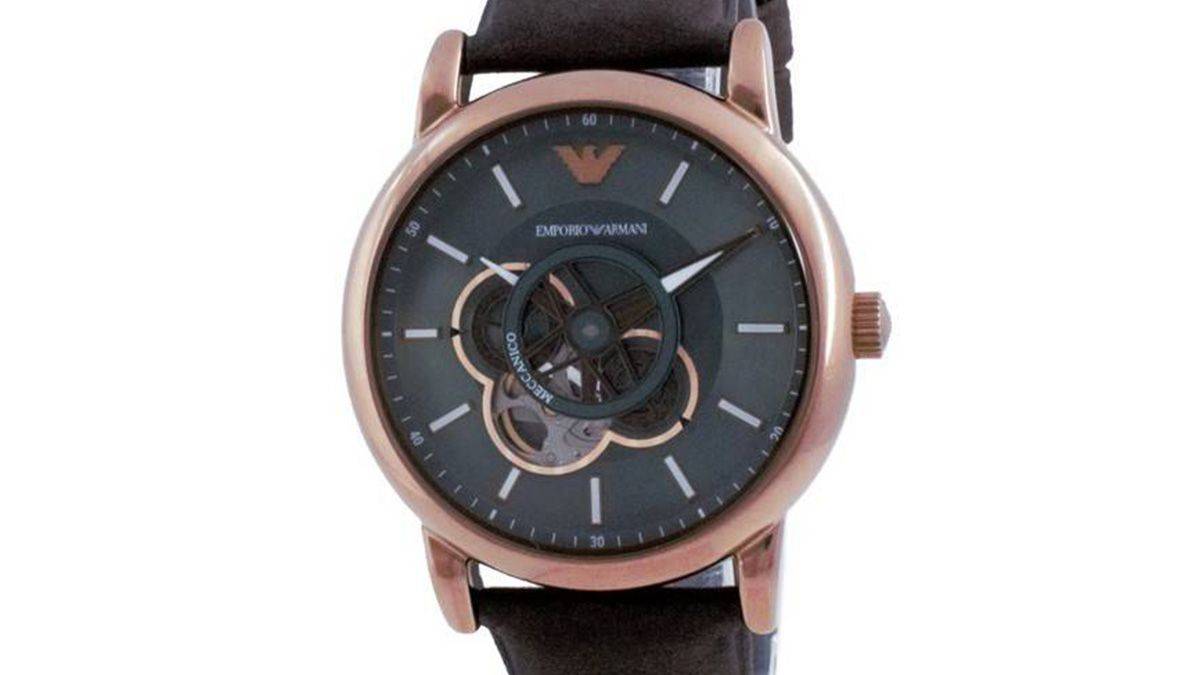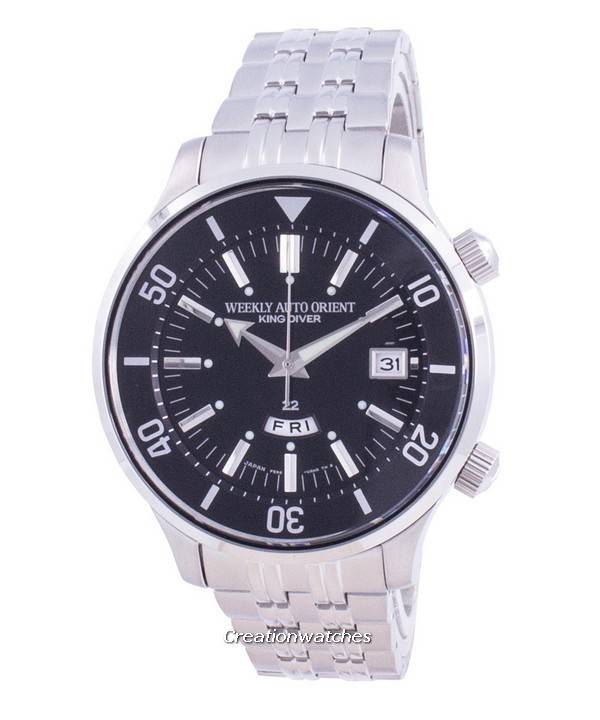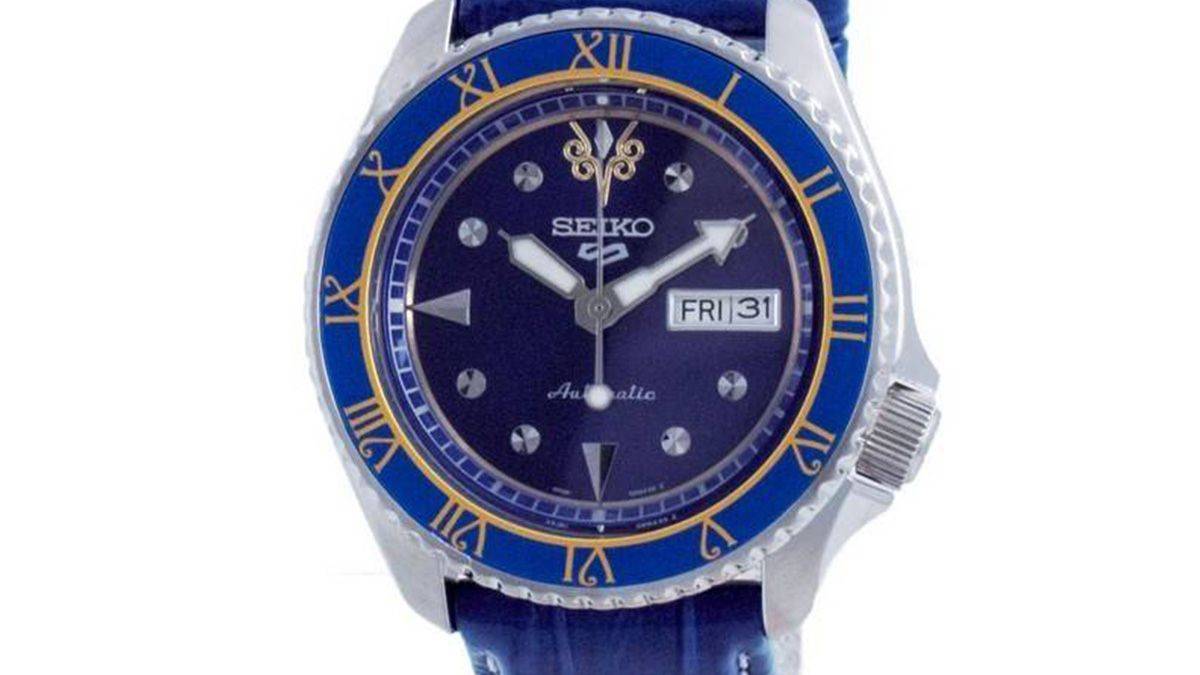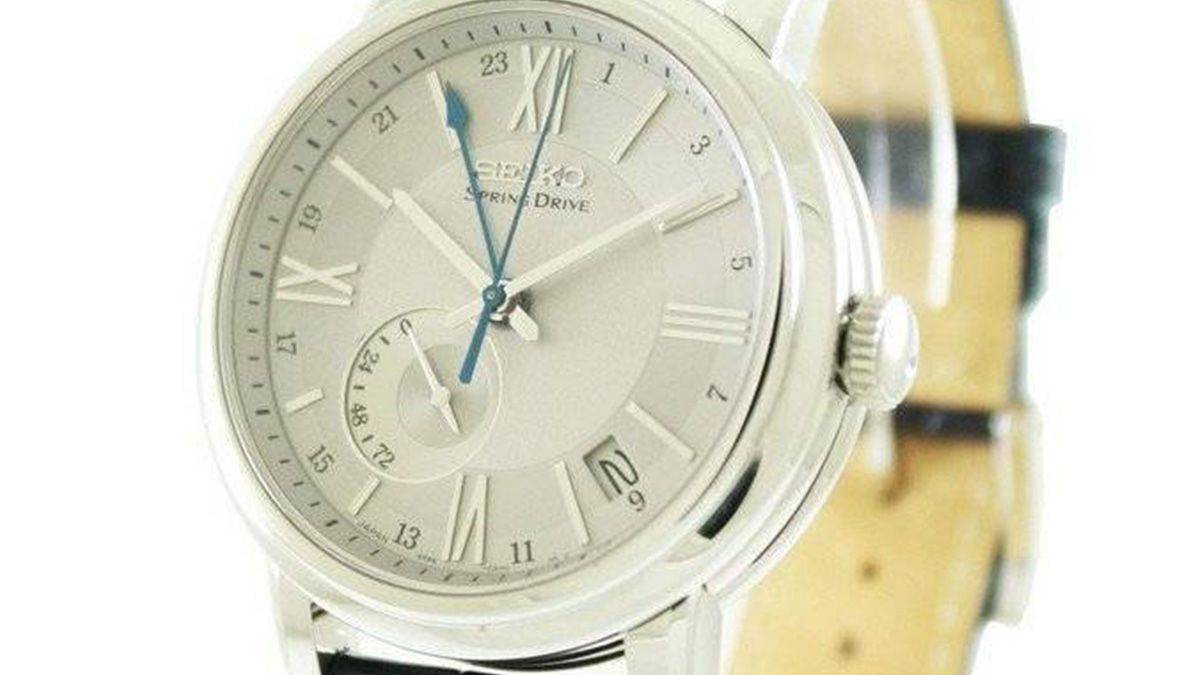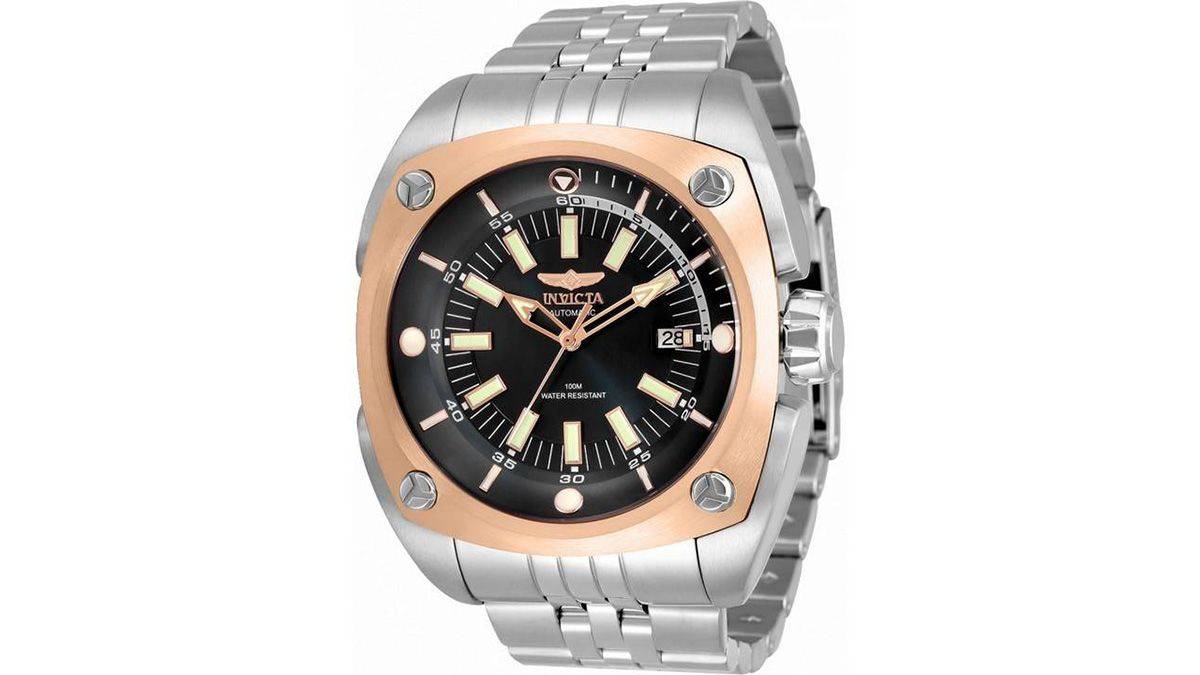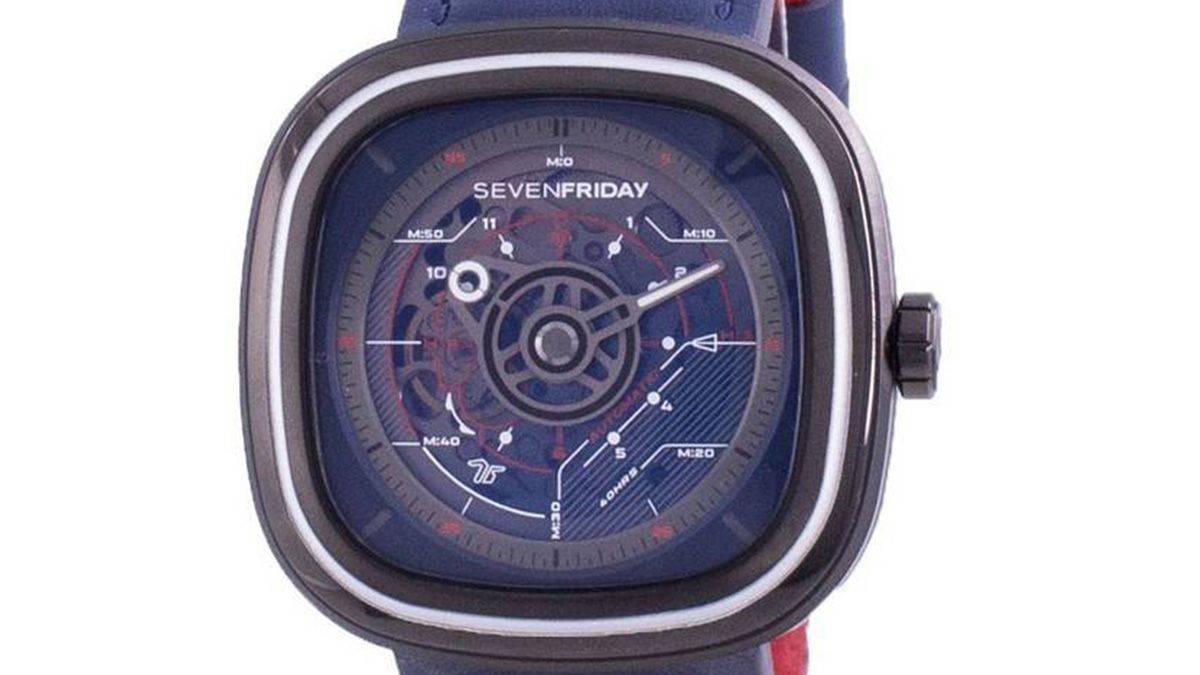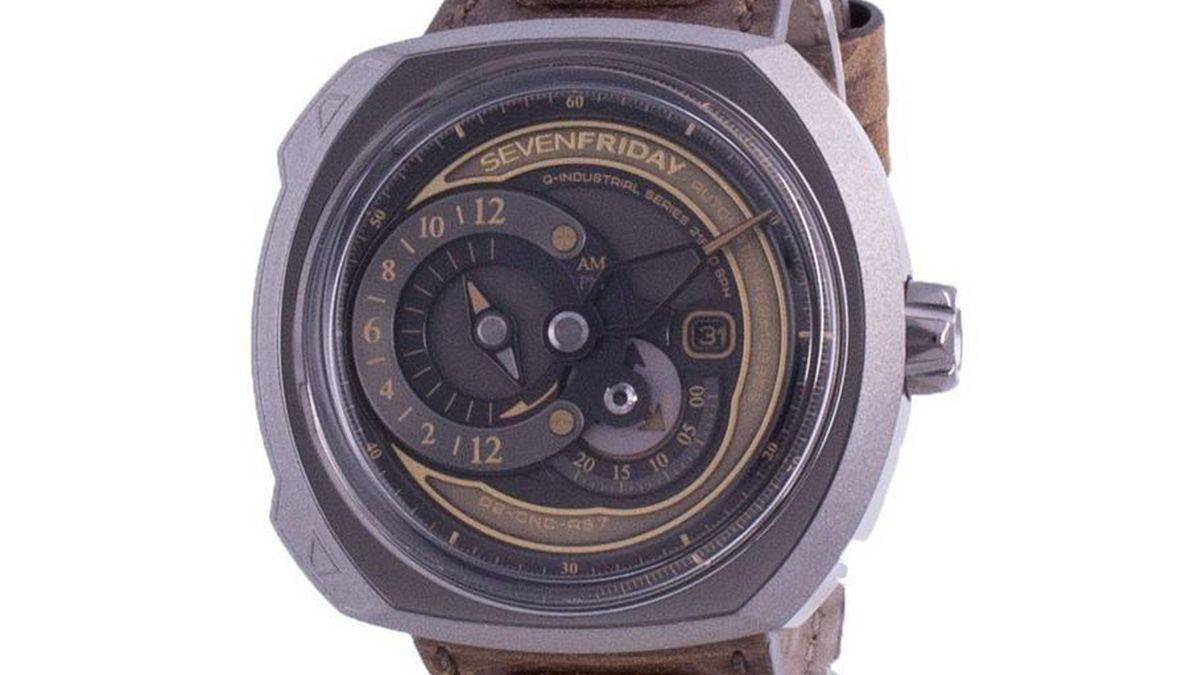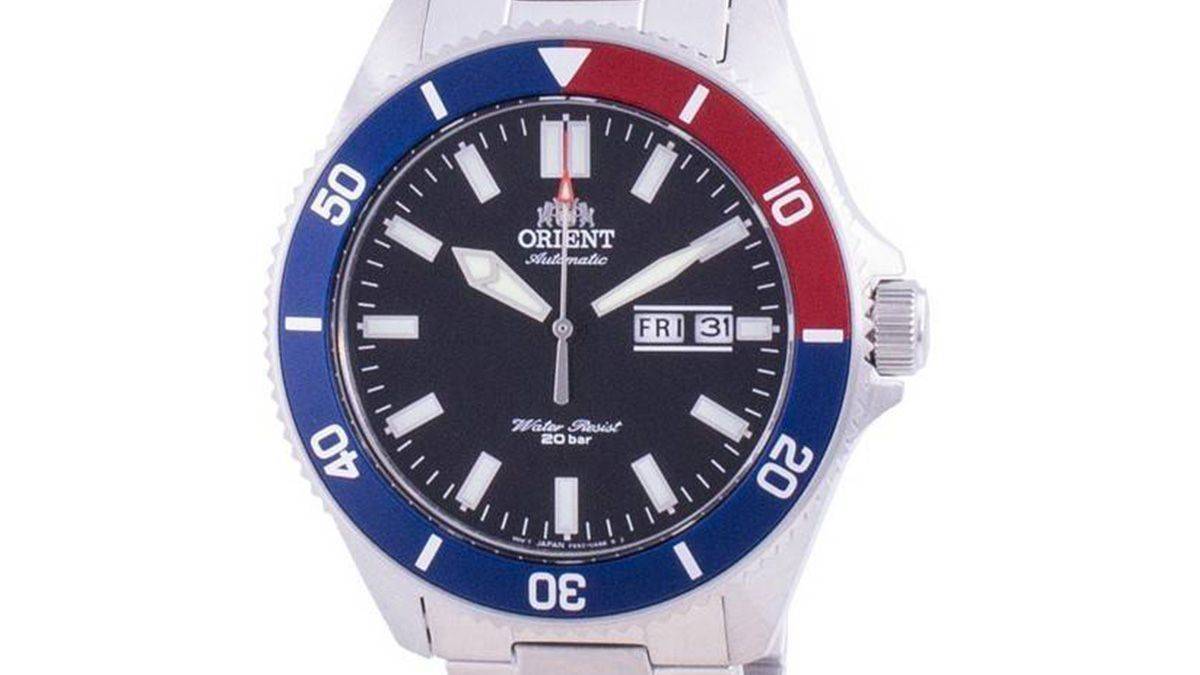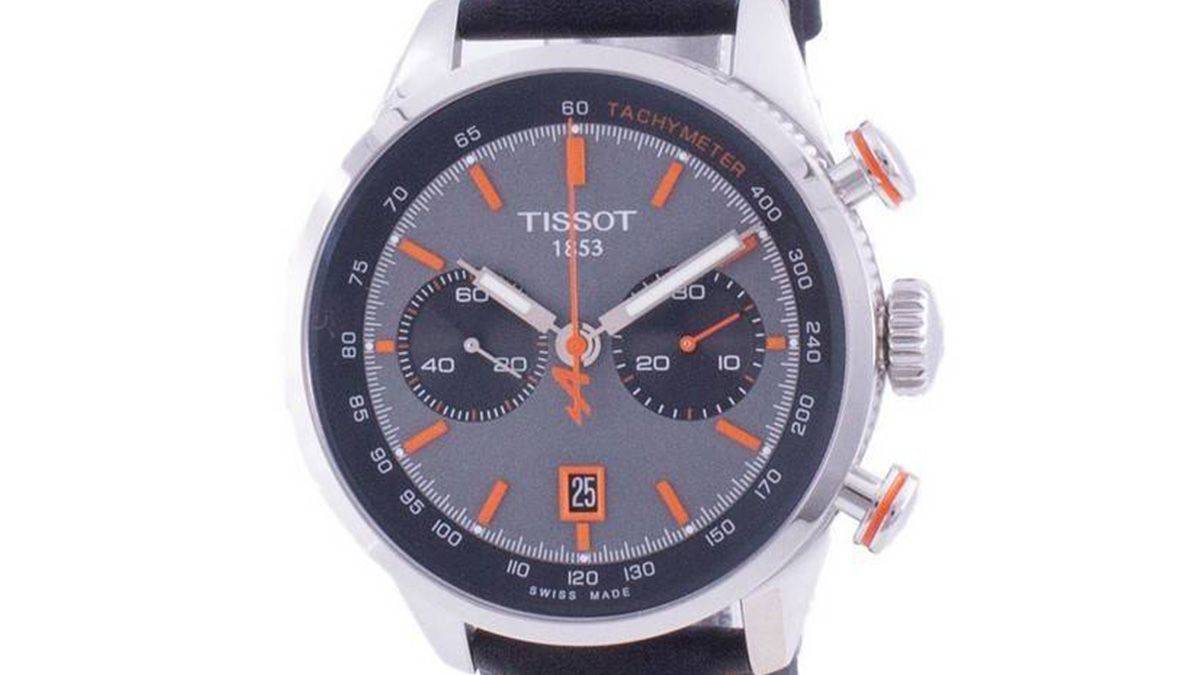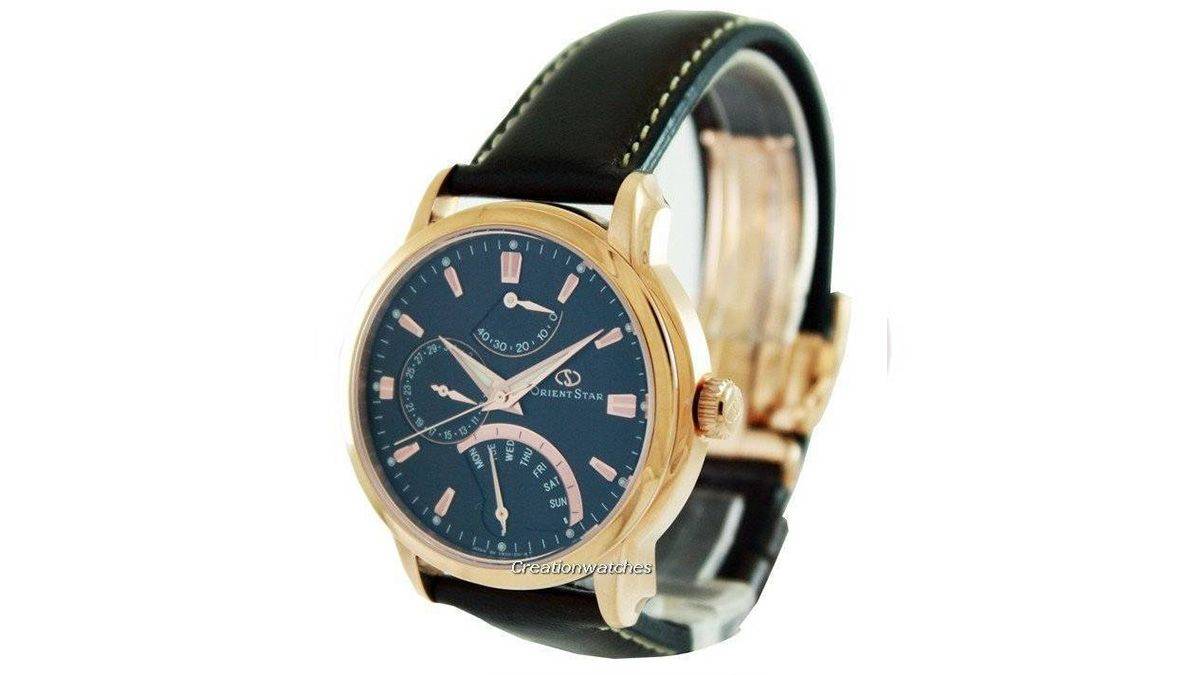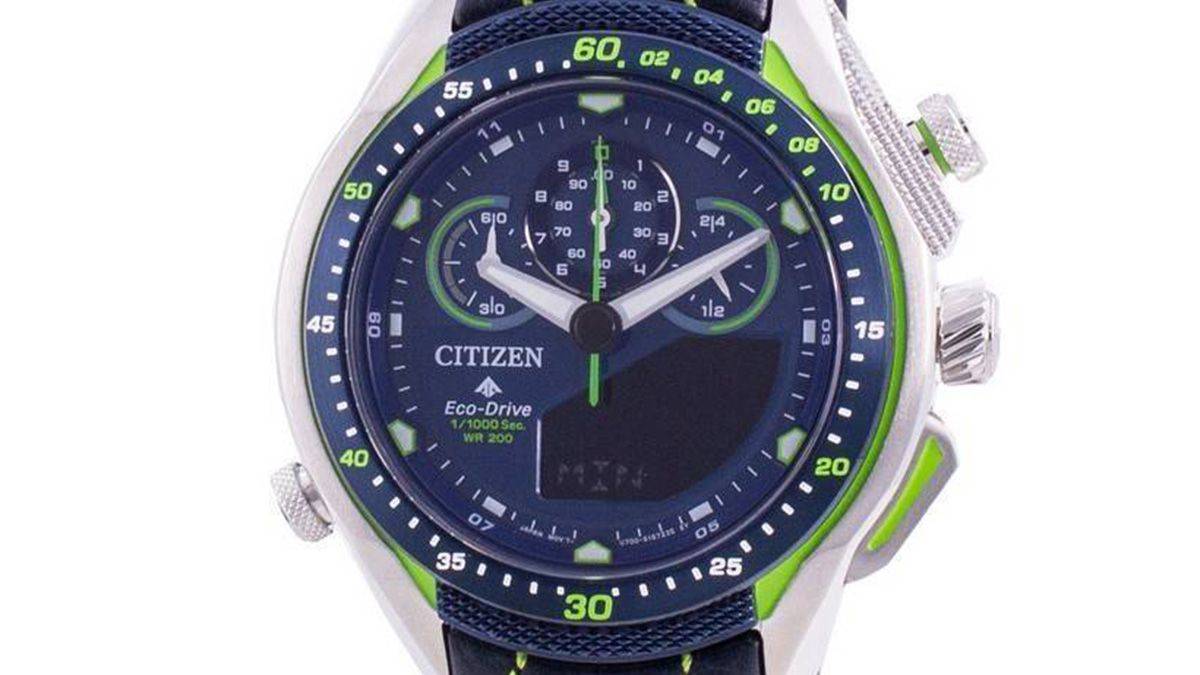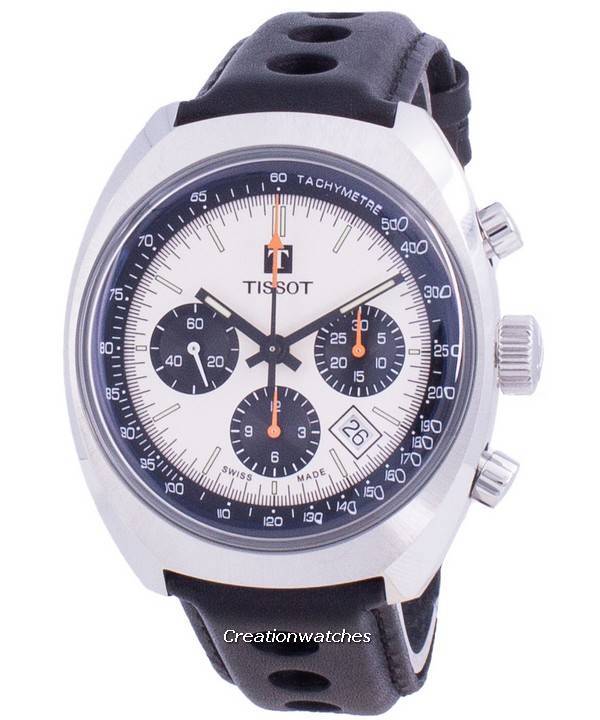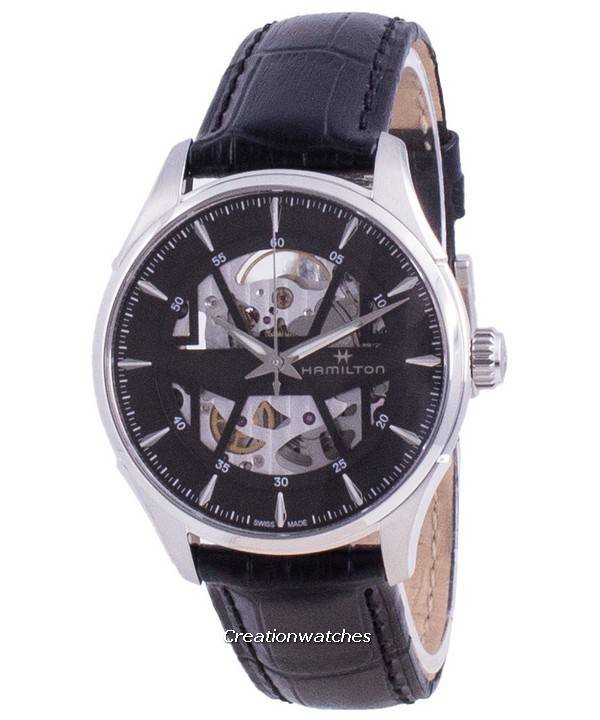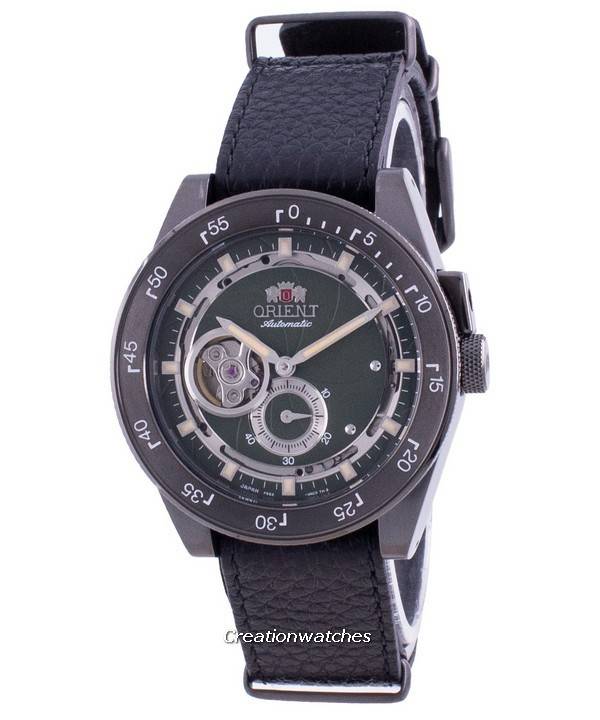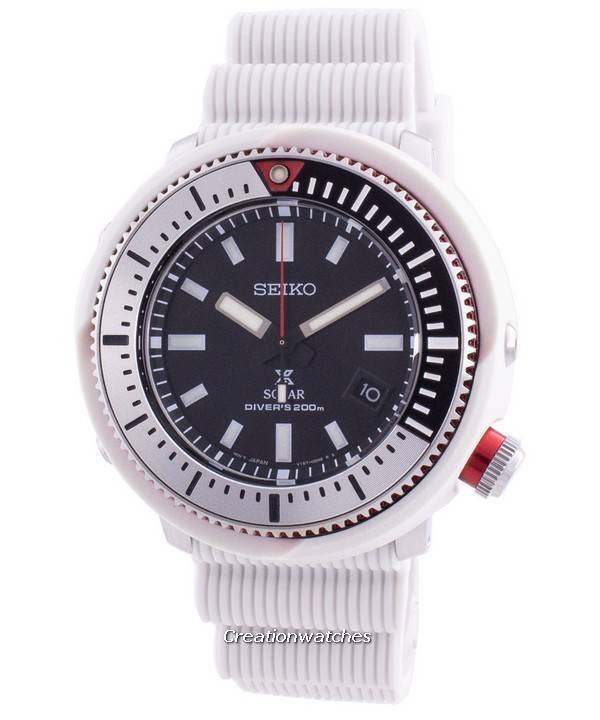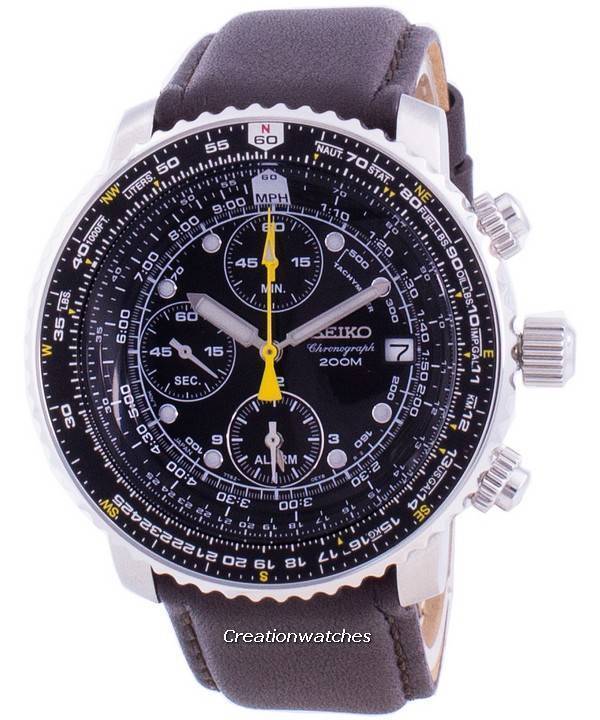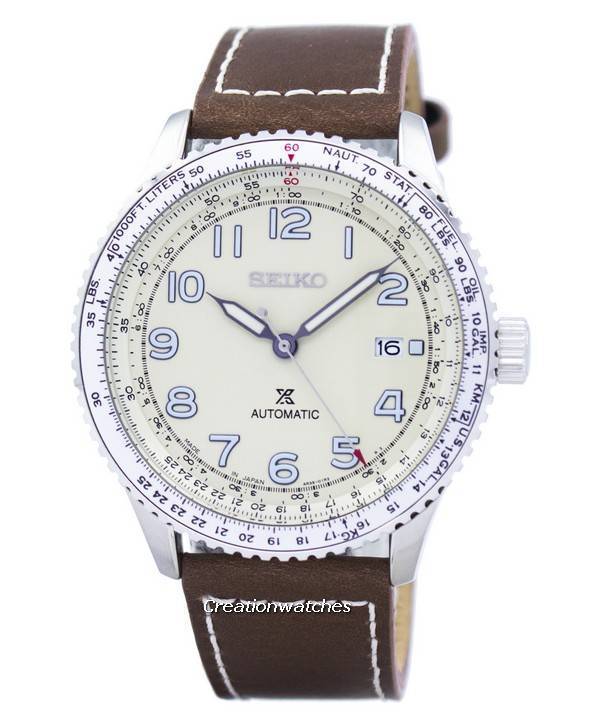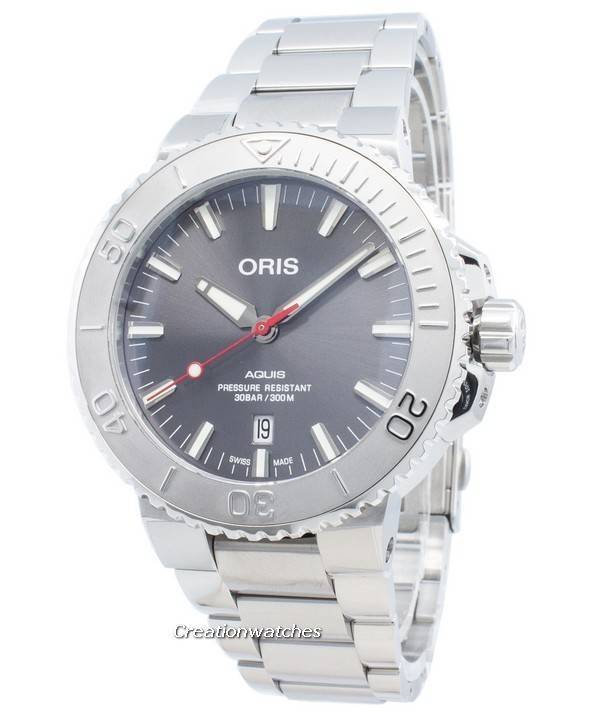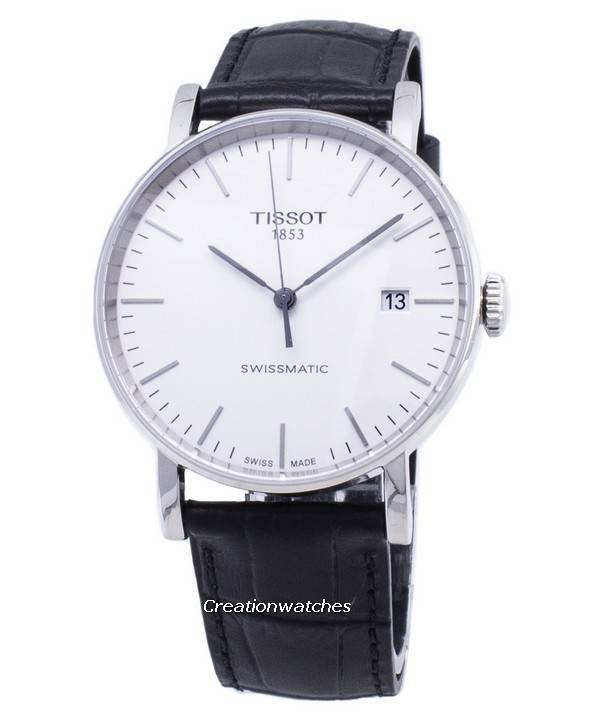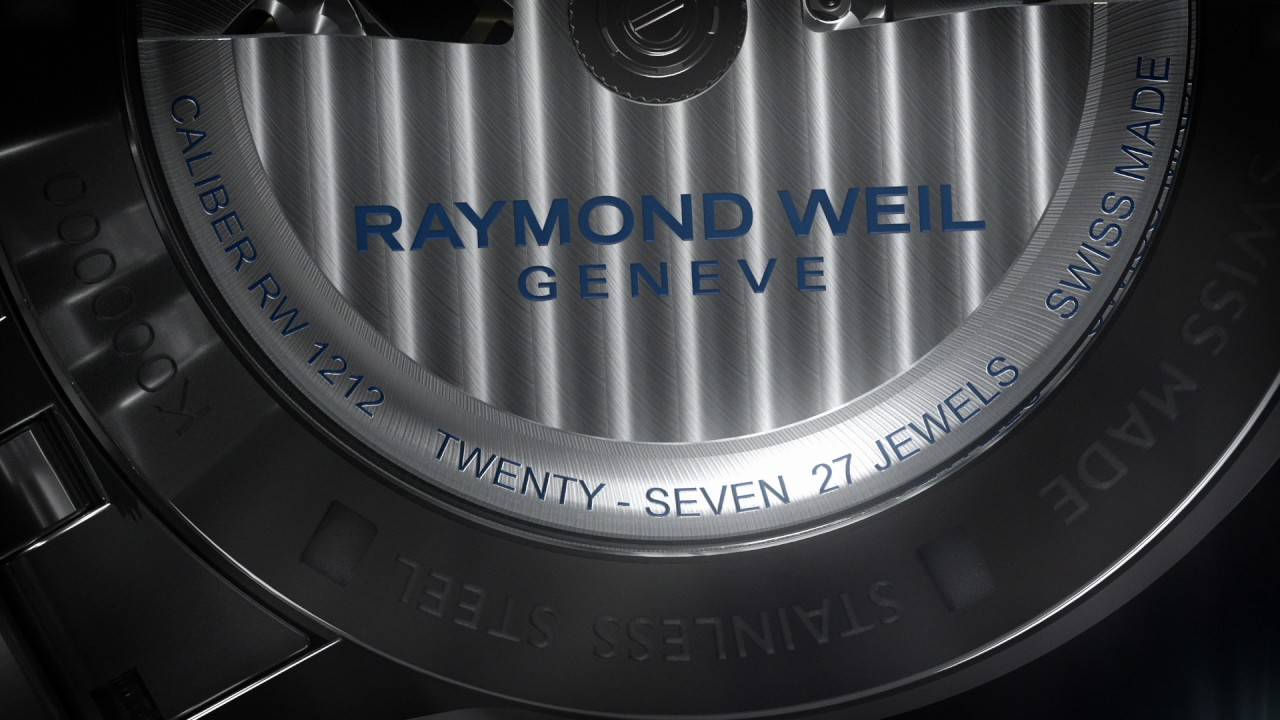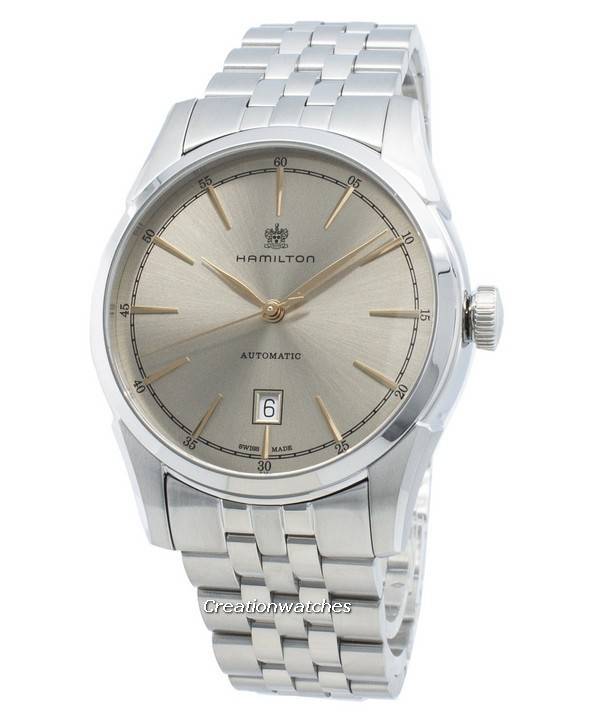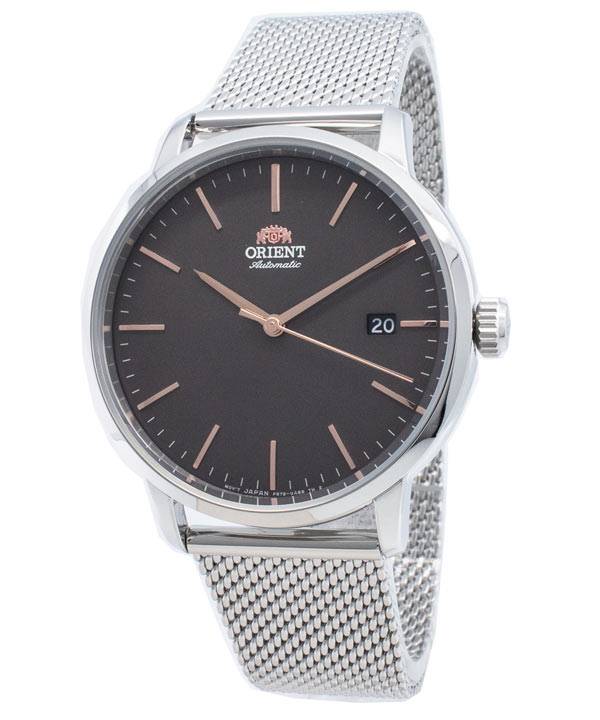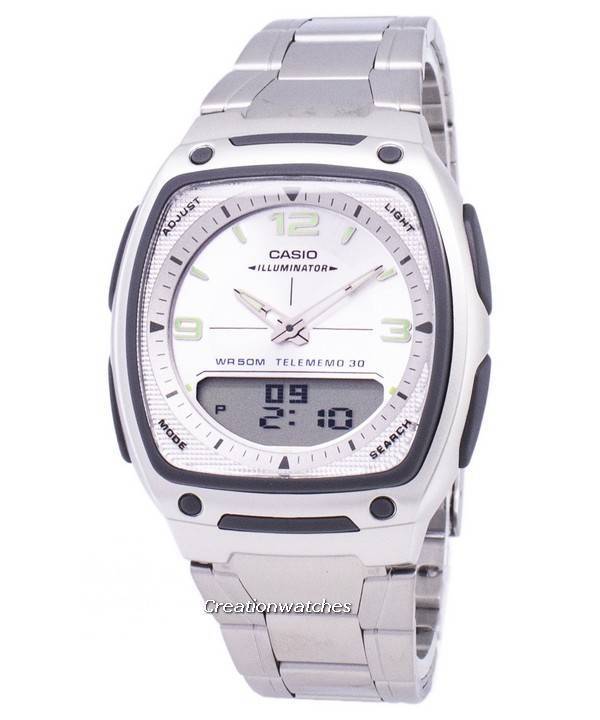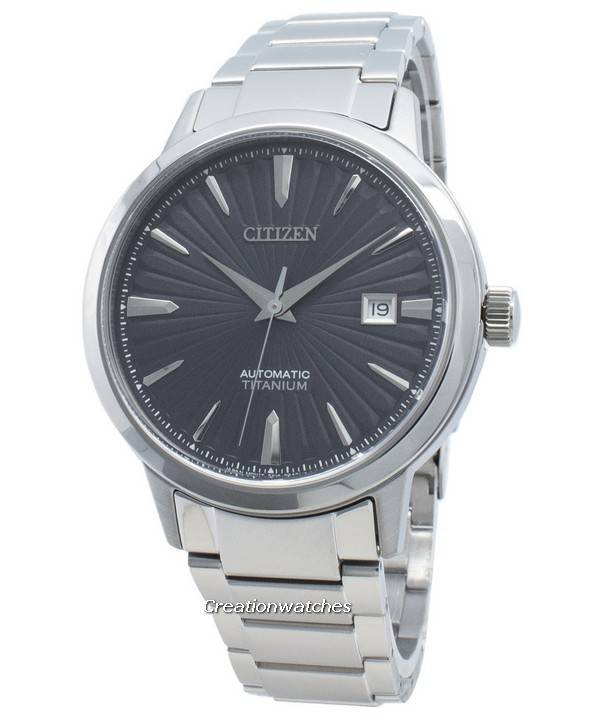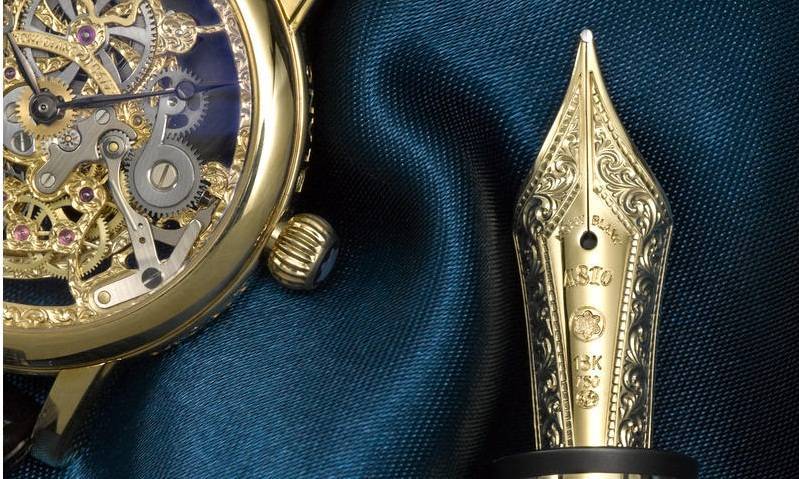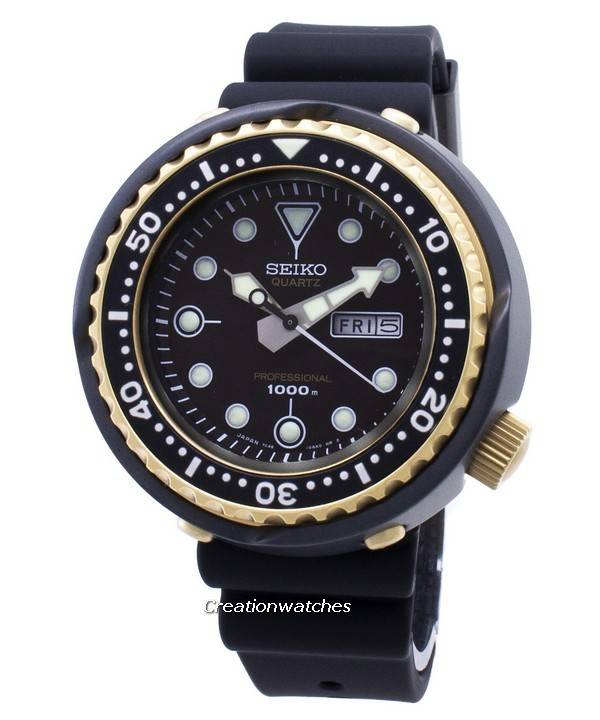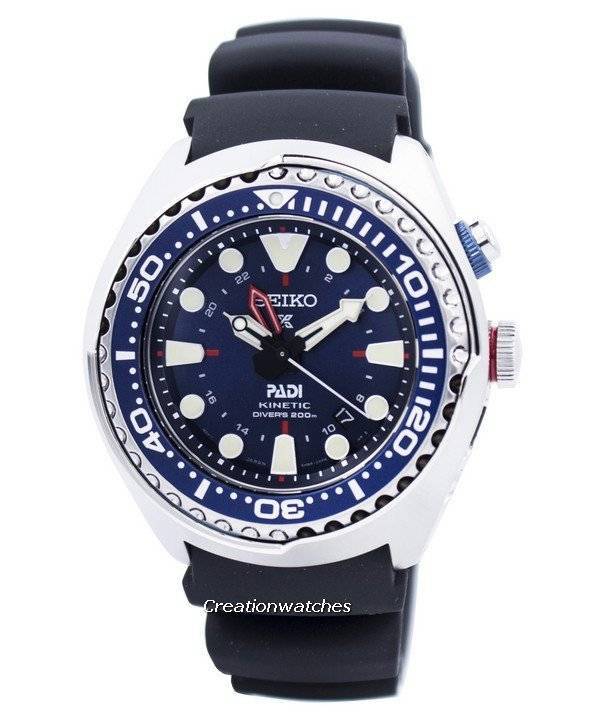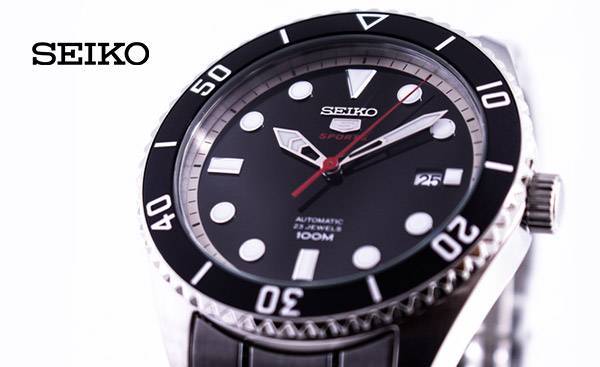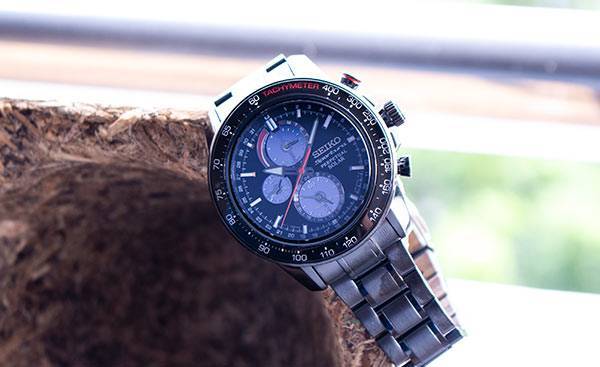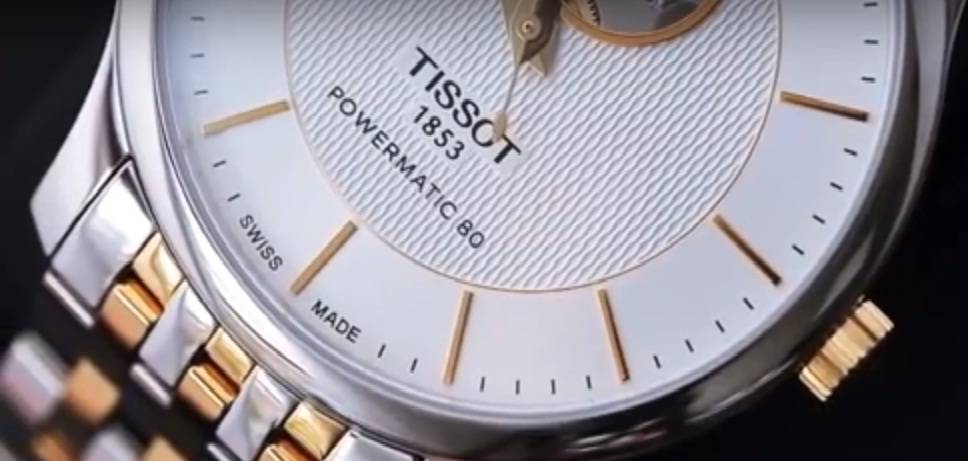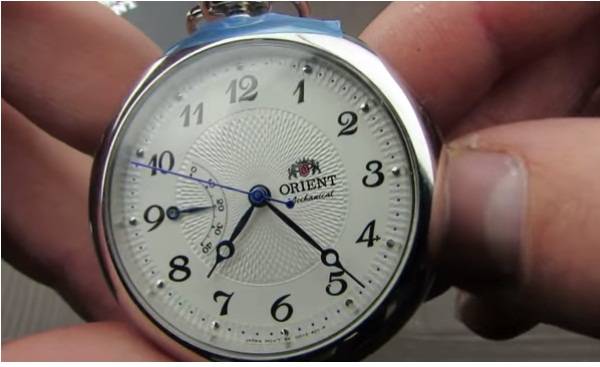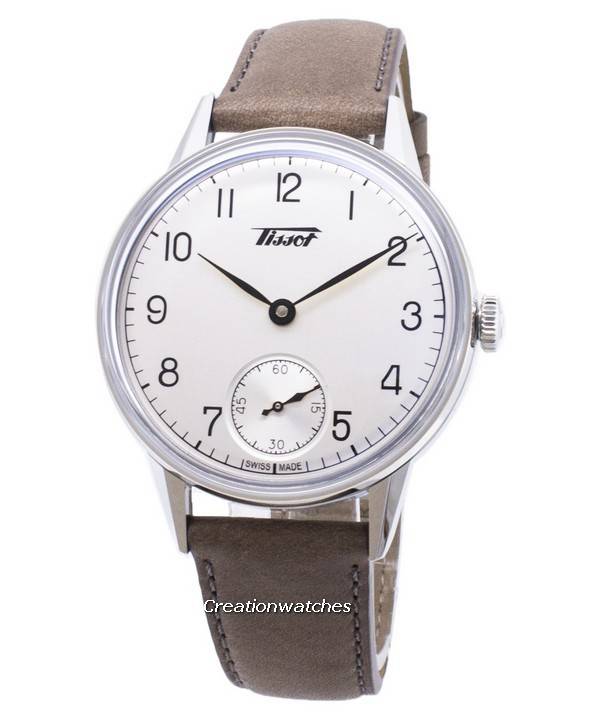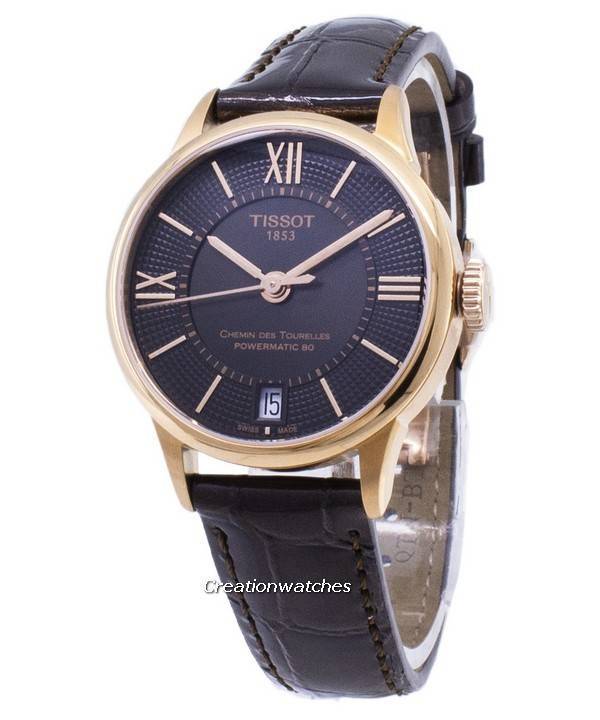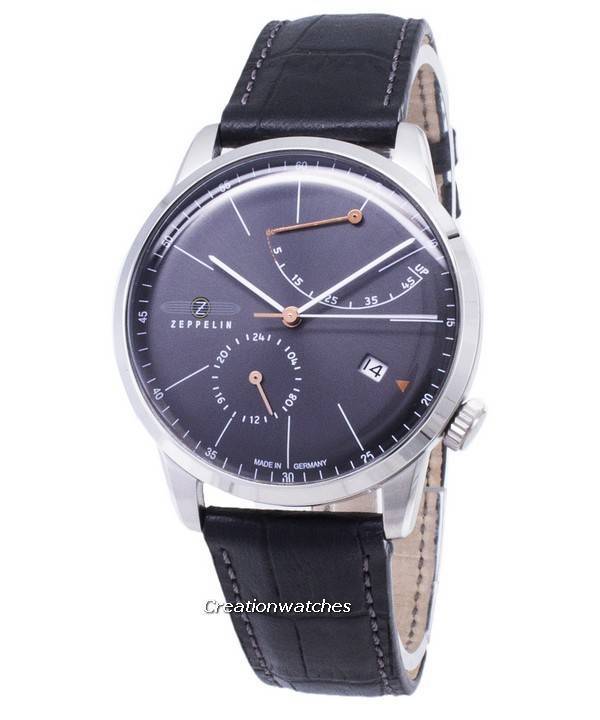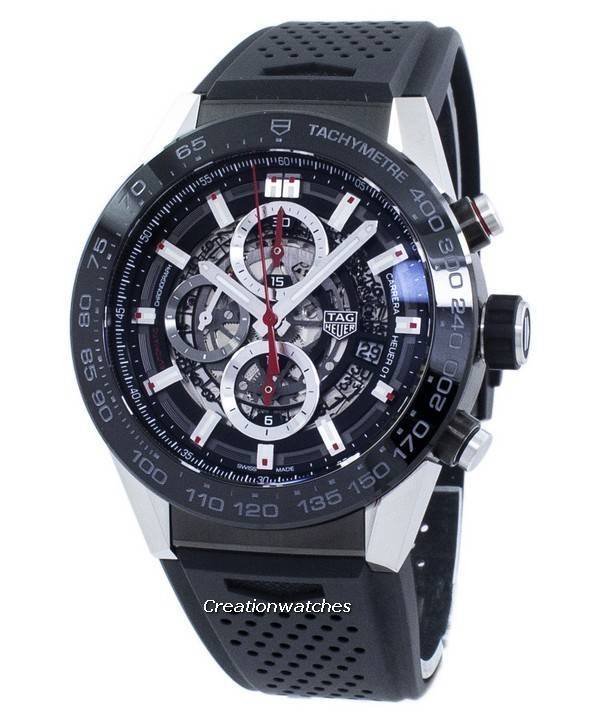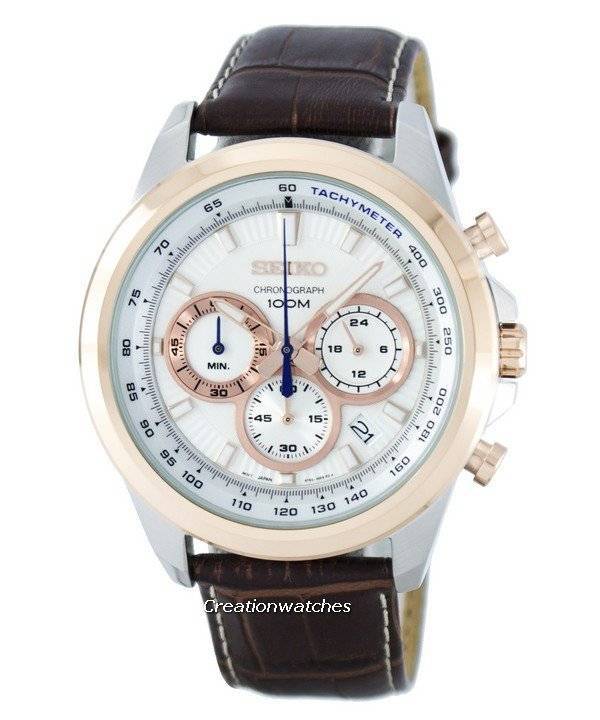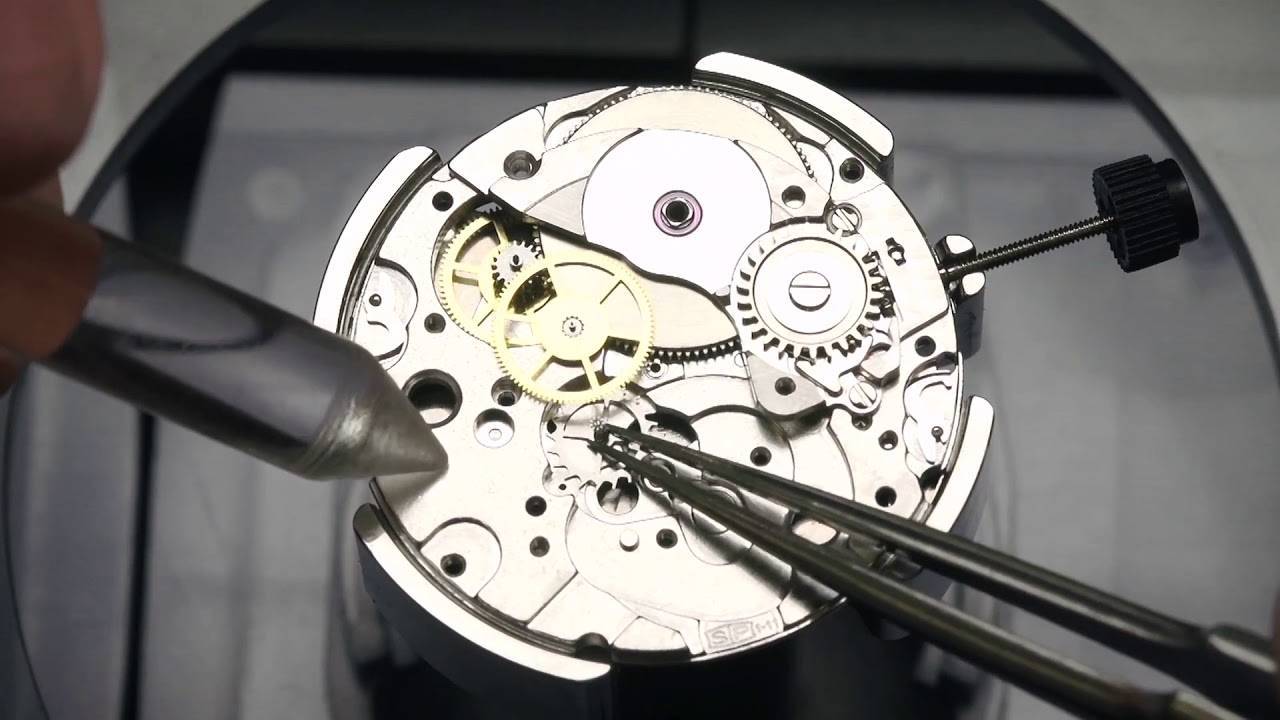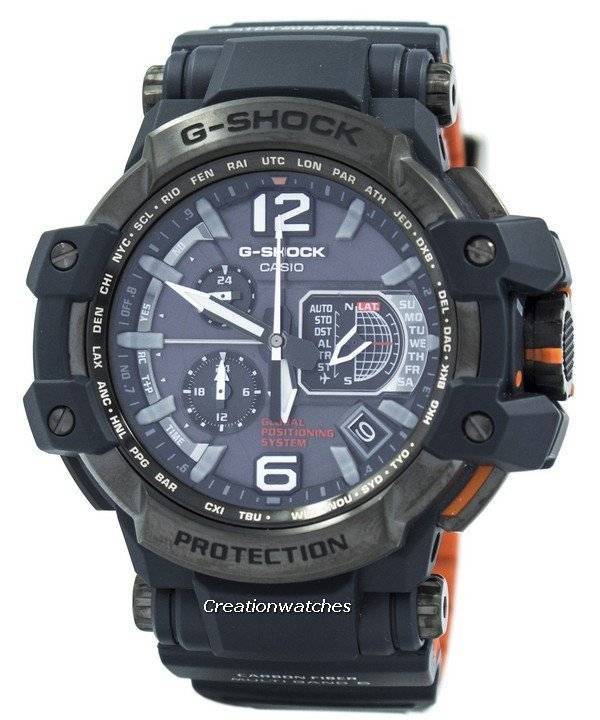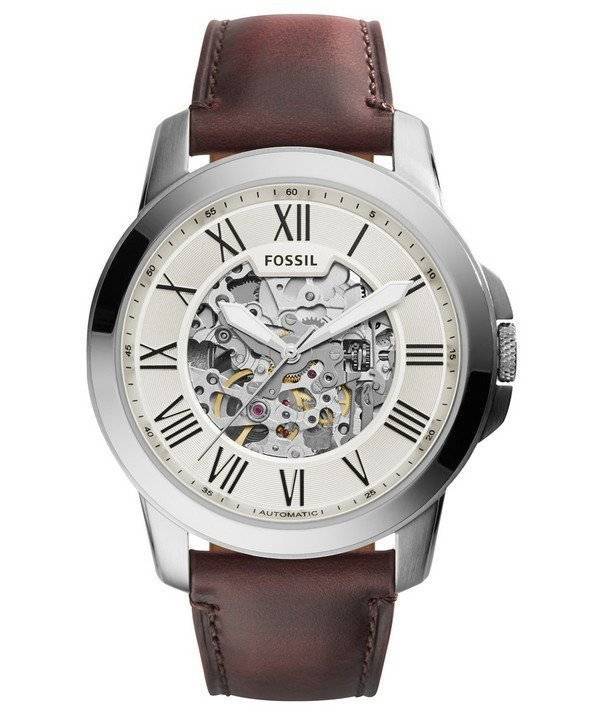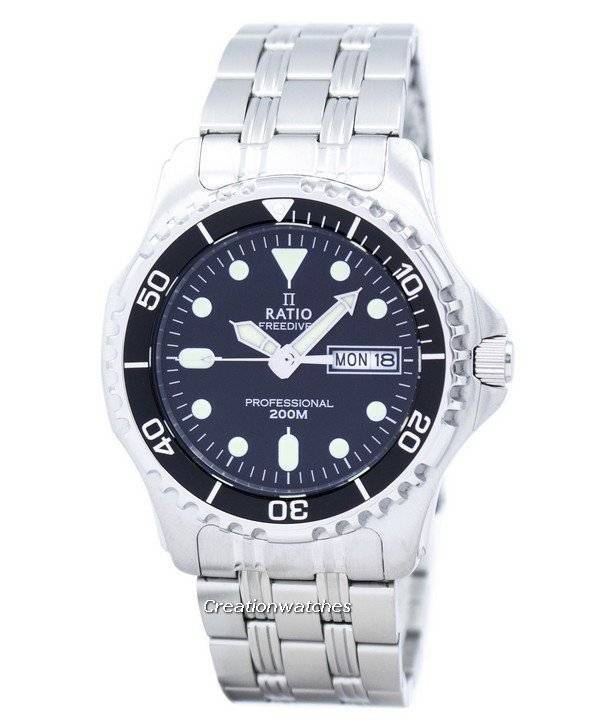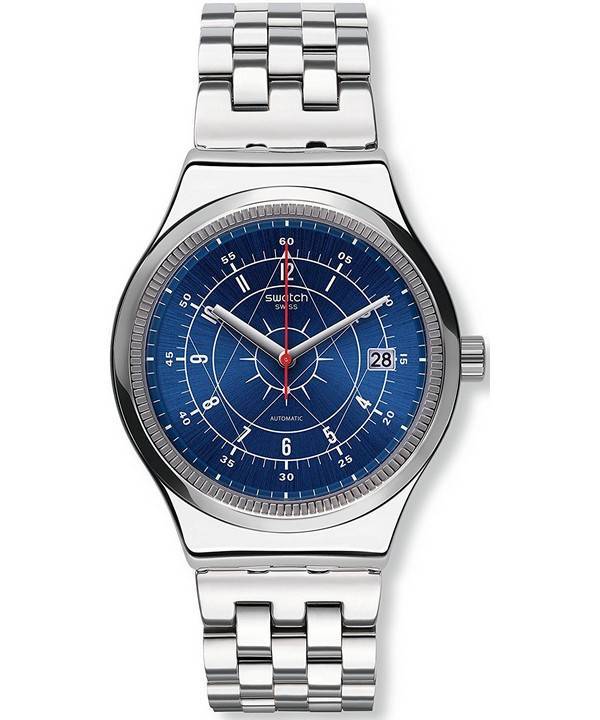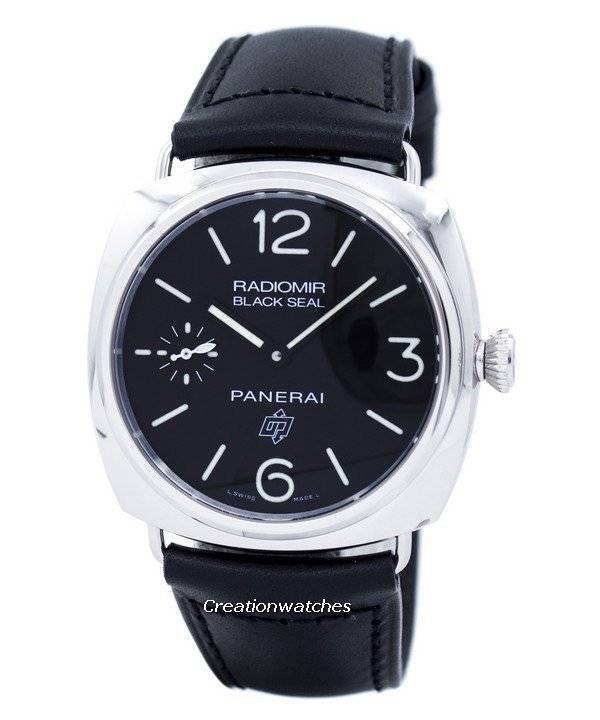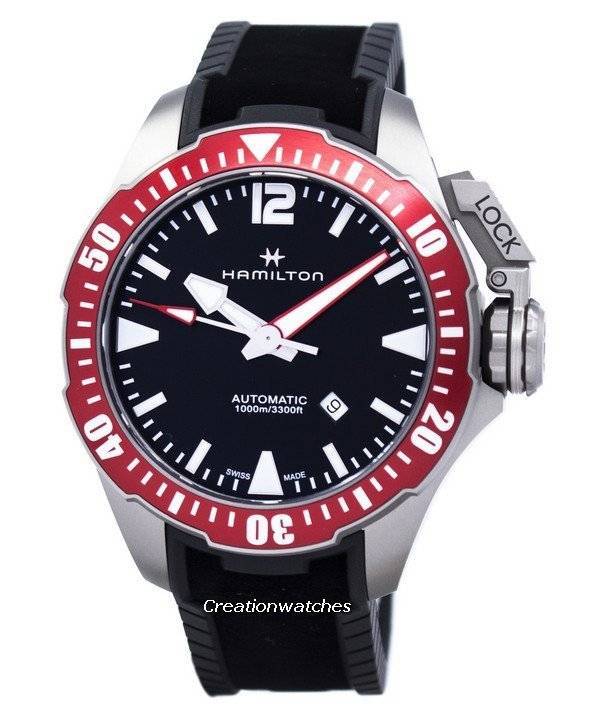Q. Dear Gonzo!
Of late I noticed you guys are stocking the J. Spring watches. There are some mechanical models that made me almost reach for my plastic but since I made a resolution not to go for making another impulse purchase, I’m writing to you. Also because I found out that the J. Spring watches use a calibre Y676; this is something alien to me. I haven’t found much information about this particular movement, so; would you mind giving us some lowdown on it? I have made quite a few purchases in the past from elsewhere and was disappointed to see most of my choices turning bad within sometime (between 2 months and two years); this time, I don’t want another heartbreak to follow.
A. I intentionally keep the models out of the context this time. I’m confident that your fine sense of aesthetics is going to guide you in choosing what will suit you most and Gonzo doesn’t like to tell others how his/her watch should look like. However, with the movements (and a few other technicalities), there’s a certain degree of guidance I always try to provide; it’s my readers who have bestowed this certain right upon me. So, let’s go back a few steps in time and find out a movement that didn’t impress me much.
That’s to say, the 7s26B! I was (and still) NOT happy with it, despite its spot-on accuracy, which faded out gradually after coming out of the factory. Seiko realization about spending more time regulating a movement was a good thing, but this wasn’t built exactly to let you hammer a nail while you got the 7s26B movement on your wrist. It’s not to say the 7S26B underwent a meltdown every time under vibrations and impacts, but for a lot of times, it suddenly started running quicker. And that was running ahead by many minutes a day. Surely, not something that will keep an accuracy-freak exactly happy about it. Not even the fact that the problem used to get solved with a light tapping (once or twice) on your palm with its face down. It freed the spring and the problem used to get fixed; however, a movement is supposed to run fine all by its own and not through some kind of acrobatics – such as this one – how much ever mild it might be.
With the 7s26A movement, this was not a problem, since there is granted much less space for the spring to play around and get stuck. With the 7s26B, that part is about halfway of the length of the pin, which is also not quite straight on the lower side. So, if the spring gets a little behind the middle of the stem, it will get stuck there. This is also partly because the stud and the regulator-pin system in the 7S26B resemble that of the Etachron (the mechanism most of the common ETA calibres have made their staple for years now. Agreed that it makes them much easier to adjust than traditional regulator systems (which is also a marked advantage of the 7S26B), but determining the amount of force necessary to shift the body of the hairspring enough to catch on the outside of the regulator pins is difficult at best. It’s enough to give you a fair share of headaches.
I dare not to reprobate Seiko openly in public this way, but it was important if we are to discuss the Y676 next. That’s to say, the Y676 has a safeguard designed into the regulator pin to avoid the sweep of the outermost portion of the hairspring from between the reg. Pins, which stops it from jumping out of place when a shock is delivered. If you notice the small perpendicular tips at the end of the reg pins, you’ll get what I’m trying to say. The pins – are therefore – at their fully widest rotation – and allow for the removal of the balance and hairspring from the balance bridge, if necessary.
Watch(es) mentioned in this post are listed below. Click to see details and buy them:
- https://www.creationwatches.com/products/j-springs-watches-371/j-springs-by-seiko-automatic-21-jewels-japan-made-beb605-mens-watch-9182.html
- https://www.creationwatches.com/products/j-springs-watches-371/j-springs-by-seiko-automatic-21-jewels-japan-made-beb605-mens-watch-9182.html
- https://www.creationwatches.com/products/j-springs-watches-371/j-springs-by-seiko-sports-automatic-black-dial-100m-beb053-mens-watch-9108.html
[row h_align=”center”]
[col span__sm=”12″ align=”center”]
[button text=”Shop Now” style=”outline” link=”https://www.creationwatches.com/products/” target=”_blank”]
[/col]
[/row]


